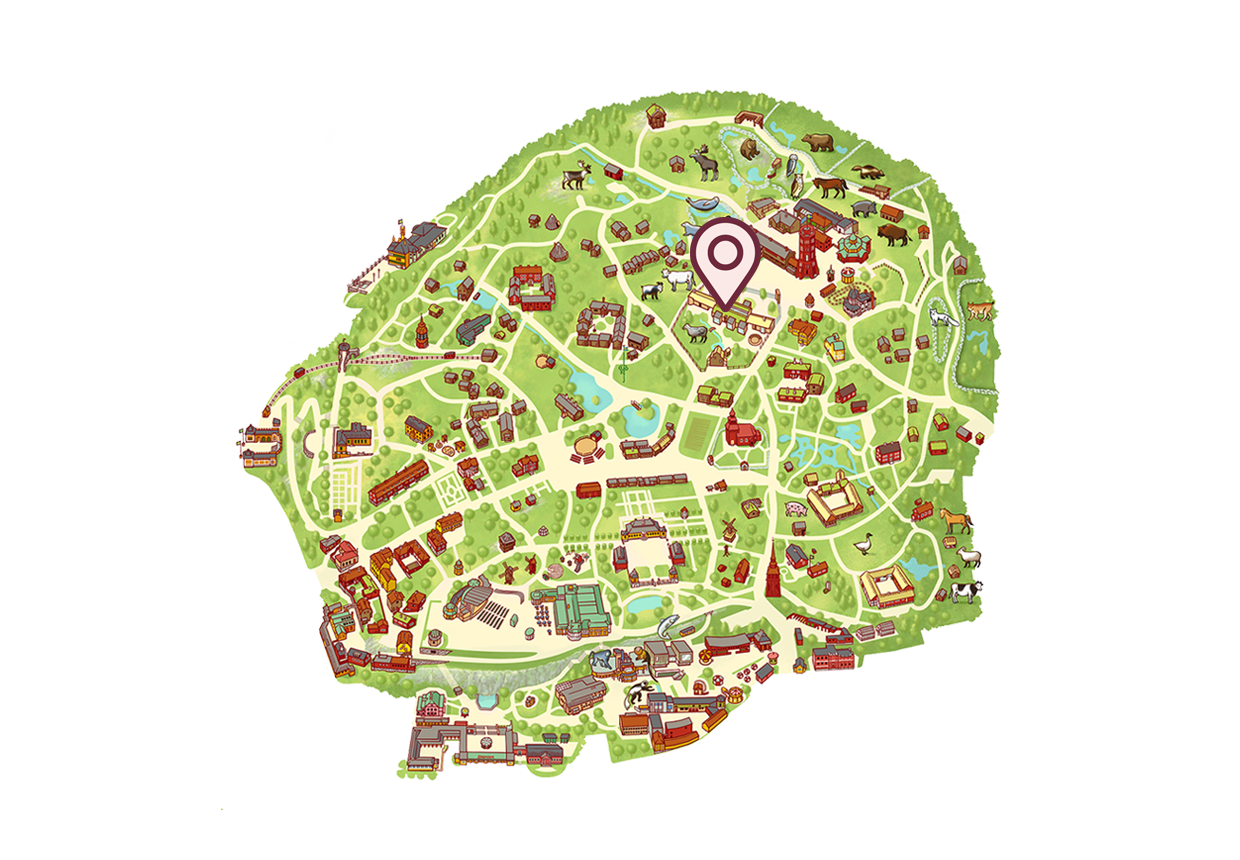In its natural distribution area, the peafowl is protected and it is forbidden to export peafowl feathers from India. It is common as an ornamental bird around the world, and is therefore not an endangered species.
Only the males have long tails
The peafowl is a powerfully built fowl, with the peahens and peacocks being very different. The tail of the male peafowl (peacock) is not fully grown until he reaches three years old. He loses the 150 or so tail feathers in late summer, and new ones grow the following year. The female (peahen) is much plainer than the male, and lacks the long tail. The peacock plays and impresses the peahens by raising and spreading out his tail feathers like a large fan.
Lives in small groups
Peafowls live in small groups, often consisting of one peacock and three to five peahens. The peahen builds her nest among leaves on the ground amid dense vegetation. She lays four to six eggs and incubates them for four weeks. When the young are born, they follow their mother for eight weeks until they become independent. Despite its long tail, the peafowl can fly, and it spends the night in trees.
The peacock’s powerful cry can be heard from a long way away. The high-pitched mewing call serves as an effective warning signal of danger – including for other animals. These birds are not shy. On a warm summer’s day they strut fearlessly among children and adults, and the peacock is more than happy to show off his beautiful ‘sun feathers’ in all their glorious colours.
Arrived in Sweden during the Viking Age
The peafowl’s original distribution was in India, where it still lives in the wild. It is considered sacred in parts of India, and is often found in flocks of semi-wild birds near Hindu temples. Caring for peafowls is one of the duties of priests.
The first peafowls came to Sweden during the Viking Age and the Middle Ages, but became more common in the 17th century when they adorned the palace grounds of kings and nobility. The peafowl had been used as an ornamental bird in Egypt and southeast Europe since the days of antiquity. However, it is not known when the bird was first introduced to Europe. In the 5th century BC it was still very rare in Greece, where it became associated with the goddess Hera. During the Middle Ages, the bird spread throughout southern Europe and up as far as Germany.
